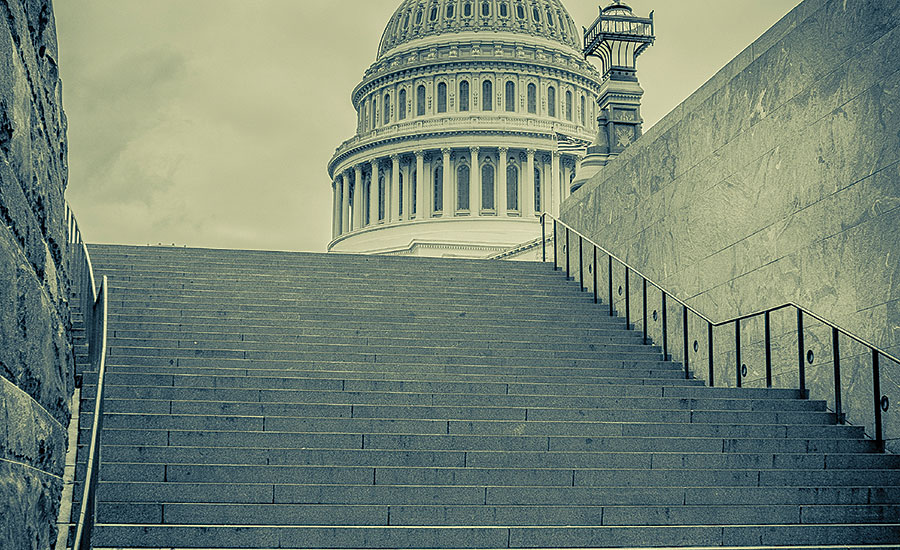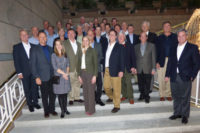This spring, Congress passed legislation improving building energy efficiency. This was a bipartisan effort to spur the building and energy community, but what did it do in reality? It directed the General Services Administration or GSA (the landlord of federal buildings) to improve its building efficiency. First, develop and publish model leasing provisions to encourage building owners and tenants to use greater cost-effective energy efficiency and water efficiency measures in commercial buildings, and second, develop policies and practices to implement the measures for the realty services provided by the GSA to agencies.
The bill also amended the Energy Independence and Security Act of 2007; to require the Department of Energy to study the feasibility of improving energy efficiency in commercial buildings through the design and construction of spaces with high-performance energy efficiency measures. In addition, it directed the EPA to develop the Tenant Star Energy Program to recognize tenants in commercial buildings that voluntarily achieve high levels of energy efficiency. None of this is without merit, but it may not be the thawing of the ice we’re hoping for.
Then there’s trade. A politically sensitive issue for both parties, which often aligns many of the far right with the far left; requiring those in the middle to join forces to get trade agreements pushed through. At press time, the president’s party had abandoned his quest to get a massive multilateral trade agreement with a dozen Asian nations through Congress. But, with negotiations ongoing, it is not an issue that is likely to die well on the floor of the Senate.



